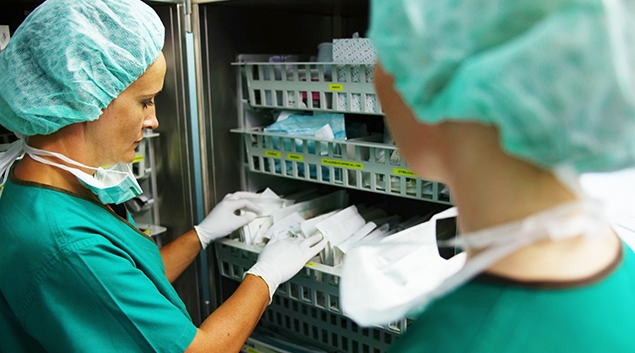
According to a new study from the National Opinion Research Center, or NORC, at the University of Chicago, hospitals are badly suffering under the weight of drug prices and drug spending, which seem to be on a steady and often times steep upward climb.
The study results show the average total drug spending per hospital admission increased 18.5 percent between FYs 2015 and 2017, from $ 468.50 to $ 555.40, spawning roughly $ 1.8 million in new spending for the average hospital.
Outpatient drug spending per adjusted admission spiked 28.7 percent and inpatient drug spending per admission went up 9.6 percent during the same period.
NORC analyzed data collected through a survey sponsored by the American Hospital Association, Federation of American Hospitals and American Society of Health-System Pharmacists that targeted all U.S. community hospitals. That data was combined with the 2016 AHA Annual Survey of community hospitals for information on hospitals’ characteristics.
Aggregate prescription drug purchasing data from two GPOs was analyzed as were responses from interviews with key leaders of hospital pharmaceutical supply and management. The drug survey was administered using the AHA’s Annual Survey web-based platform between April and June 2018.
Of the sampled hospitals, 1,184 hospitals responded, NORC said.
THE IMPACT
Almost two-thirds responding hospitals said rising drug costs had either moderately or severely impacted their budgets.
That impact resonated on several levels, according to hospital representatives who were interviewed. This ranged from day-to-day operational changes to system-wide modifications. Specifically, 90 percent of respondents pointed to identifying alternative therapies and 69 percent to doing more in-house compounding. Also, 28 percent delayed investing in, or replacing, equipment. For example, a medical center halted plans to open an outpatient chemotherapy site due to uncertainty around reimbursement versus the cost for acquiring the necessary drugs.
Notably, 25 percent actually cut staff ranks and 17 percent, or almost one in five cut services, the study said.
MORE ON THE TREND
Payers are also struggling under the weight of rising drug costs, as the survey showed growth in expenditures per hospital admission on inpatient drugs was five times higher than the Medicare reimbursement update during the study period.
Hospitals also saw major hikes of more than 80 percent across various drug classes including anesthetics, parenteral solutions, opioid agonists, and chemotherapy.
Moreover, drug shortages can also have a huge impact on spending, fueling the ripple effect. Nearly 80 percent of respondents said shortages led to either moderate or large spending increases and three quarters said they found it “extremely challenging” to get drugs in short supply during the study period, which could impact patient care.
Interviewees said drug shortages can substantially burden hospitals, often taking away time that should be dedicated to care delivery. Hospital pharmacies suffer significantly thanks to drug shortages because sterile injectables constitute the majority of drugs impacted by shortages and are primarily used in hospital settings, the study said.
ON THE RECORD
“If hospitals are forced to eliminate certain services, quality or availability of care may be impacted, and patients may need to go elsewhere for care, potentially resulting in longer travel times and challenges in coordinating treatment,” the study said.
Twitter: @BethJSanborn
Email the writer: beth.sanborn@himssmedia.com
